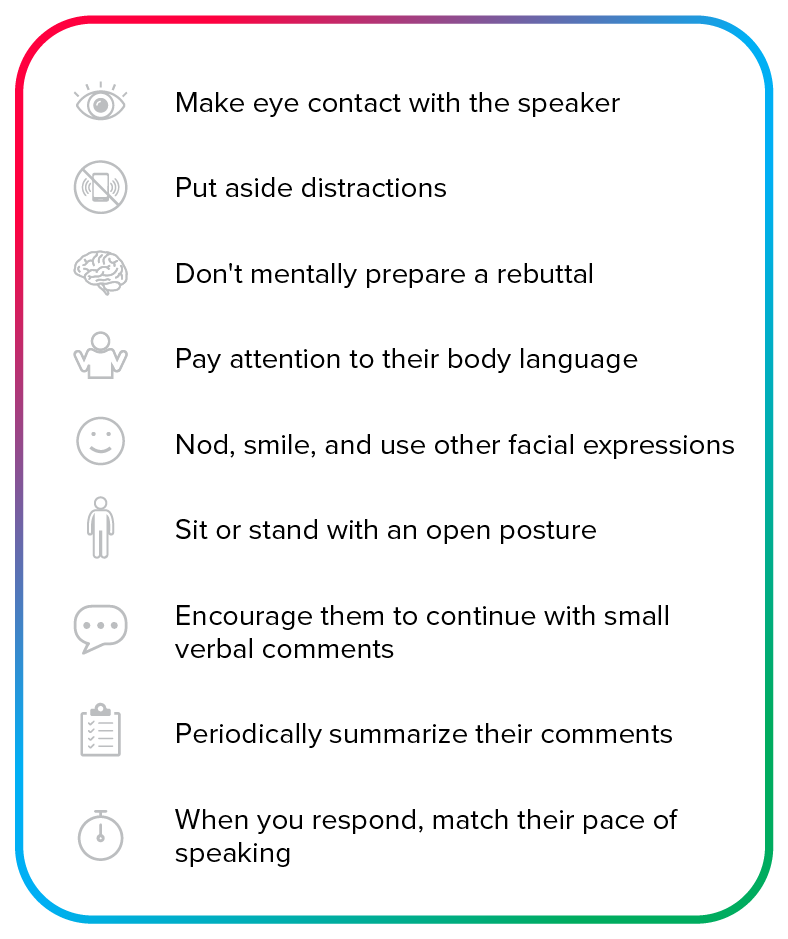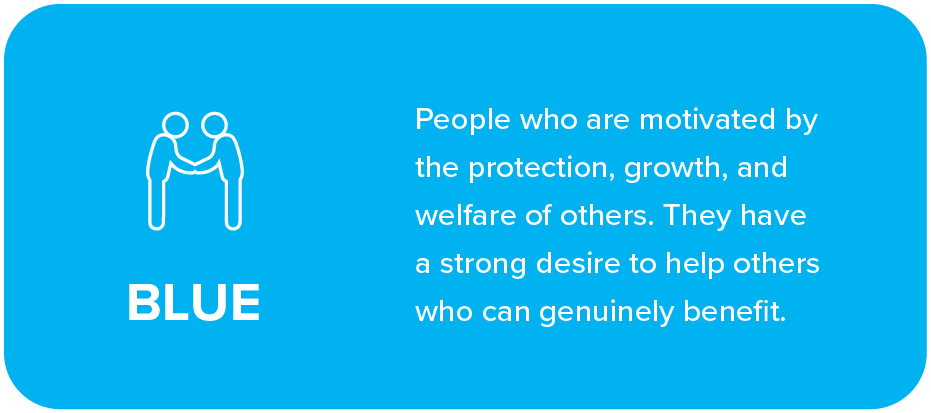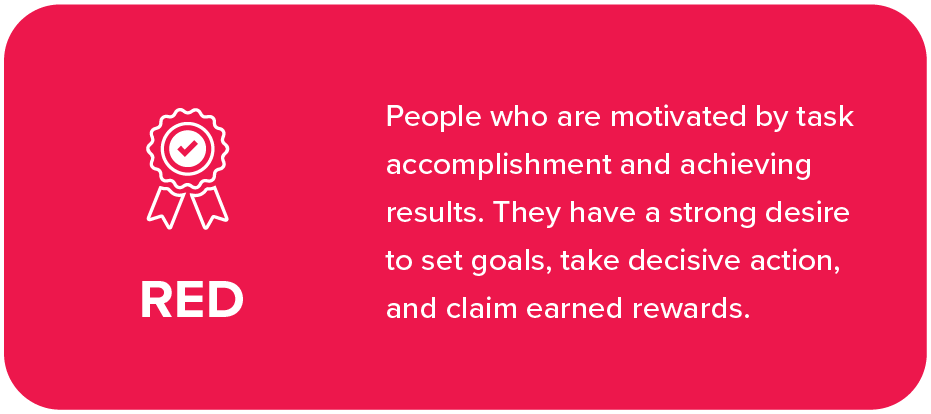Focus on the speaker’s motivation, alongside other components of active listening.
Most lists of active listening components focus on making sure you hear correctly. The purpose, they assert, is to make sure you retain the information and could repeat it back if asked. But dialogue has many more uses than simply transmitting information, especially in a complex, fast-moving business environment.
Even more important than making sure you understand what’s being said is understanding why the other person is saying those things. The motivation behind their words actually tells you more than the words themselves.
Here are the components of active listening to consider from the perspective of motivation.
Basic components of active listening
Active listening for comprehension still matters, and it’s more challenging when so much work gets done over video conference. Remote work adds the distractions of our households, doorbells, and more non-work-related internet tabs and cell phone use. At the same time, you miss out on some of the other person’s body language and facial nuance through the pixels.
Here’s a refresher on the basics of active listening before we dive into motivation:

Basic components of motivation
How do you find out why people are saying what they’re saying? While people have a wide range of goals for their discourse — for example, to persuade, to instruct, to discover, and simply to share — you can boil their motivation down to three primary concerns, according to Core Strengths research:
- Concern for people
- Concern for performance
- Concern for process
When you take the SDI 2.0 assessment, you’ll get a full portrait of how all three blend in your personality, but even if you haven’t taken the assessment yet, keep reading. You’ll probably recognize yourself primarily in one of the three colors.



Motivational components of active listening
If you understand how to listen at the level of motivation, your active listening will be more productive. The key is listening for verbal and nonverbal cues that hint at the speaker’s primary motivation. Most people have a blend of primary motives but will favor one or two.
People motives: active listening
- Motivated by a concern for the protection, growth, and welfare of others
- Helps others to make a difference in their lives
- Sincere, trusting, encouraging, fun-loving
- Talks about feelings and benefits for others
Performance motives: active listening
- Motivated by a concern for task accomplishment and achieving results
- Purposeful, clear, and direct in their communication with others
- Confident in most situations, not afraid to challenge
- Makes quick decisions
Process motives: active listening
- Motivated by a concern for practical analysis and establishing order
- Systematic, reserved, organized and concerned with procedure
- Objective and logical with an emphasis on fairness
- Prefers time to consider decisions, observe surroundings, and collect information
When you observe these cues, you can respond using language that will resonate with the speaker at the highest level, making them feel seen, valued, and heard.
Self-awareness also plays a role in motivation-based active listening. The things you say reveal your own primary motivations just as much as the other person. Try not to steer the conversation in the direction of what you value, and instead hold space for everyone’s values.

Benefits of motivation-based active listening

Active listening lowers judgment
A better understanding of other people and their motives gives you the ability to ‘recast the past,’ or let go of previous misconceptions or judgments to see that person with fresh eyes.

Active listening reduces conflict
It’s possible to make someone feel seen, valued, and heard — and still not give them the answer they were hoping for. In that sense, active listening can help steer the conversation from conflict toward healthy opposition, where each person expresses their opinions and values while respecting the other person’s.

Active listening builds trust
It’s possible to make someone feel seen, valued, and heard — and Most people have said the wrong thing in a high-trust relationship and the other person still gets their meaning. Conversely, you can measure your words carefully in a low-trust relationship and still be misunderstood. The more you can listen for someone’s motivation and affirm what’s important to them, the more trust will grow.

Active listening leads to better understanding
When checking for understanding, we tend to check that expectations are aligned. In addition, check that you understand what the other person values.
For example, when you hear “Are we going to make this decision today, among only the people in this room?” it’s not clear what the person’s primary motivation is. To clarify, you might say, “It sounds like you want to ensure that other opinions get considered, is that correct?” If the answer is yes, their primary motivation is concern for people. If the answer is no, you then have the opportunity to figure out whether they’re concerned about process or performance.

Active listening leads to innovative solutions
It’s possible to make someone feel seen, valued, and heard — and Slowing down and active listening in a conversation can create space for wisdom to emerge that didn’t exist in either person before. Creating that space is an active effort; choosing to pause, breathe, and really take in what the speaker is saying and why they’re saying it doesn’t come naturally when emotions are running high. But doing so gives you the chance to come up with something innovative that neither person would have thought of.

Active listening helps identify priorities
While you think about your motivations and the other person’s, be sure to consider the context of the discussion as well. If you’re talking about a work task, consider how fast it needs to be done, how many people will be affected, what needs to be an A+, and what can be a B+ outcome. If there are conflicting motivations in the conversation, the context may lead you toward choosing to prioritize one motivation over another.
For example, people who have a primary concern for process tend to want to optimize decisions as often as possible. If they’re insisting on a delay to consider all the options, you can say something like, “I value what you care about, and I would love to take time to really consider other options; however, I am not sure our deadline allows for that approach. Of the choices we have discussed which would meet the deadline, which of those do you see as least risky?”
Core Strengths can help you improve active listening
The Core Strengths assessment will give you deeper insight into your own and your colleagues’ primary motivations. These insights will help you understand why people say what they say, change the way you engage with the world, and ensure your active listening is meaningful and powerful. Everyone has a desire to be seen, valued, and heard. When we actively listen and also ensure we are listening to understand what matters most to the other person, we create conditions where true connections can happen.








